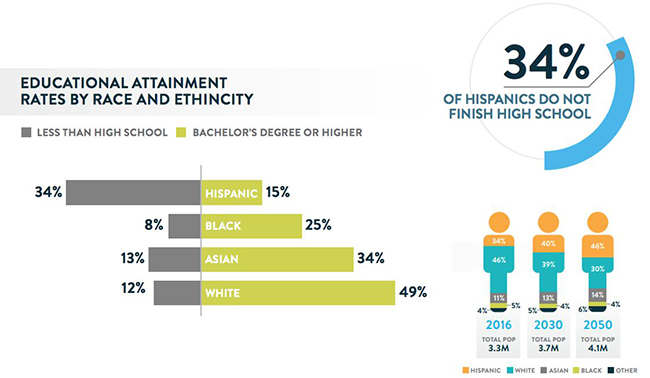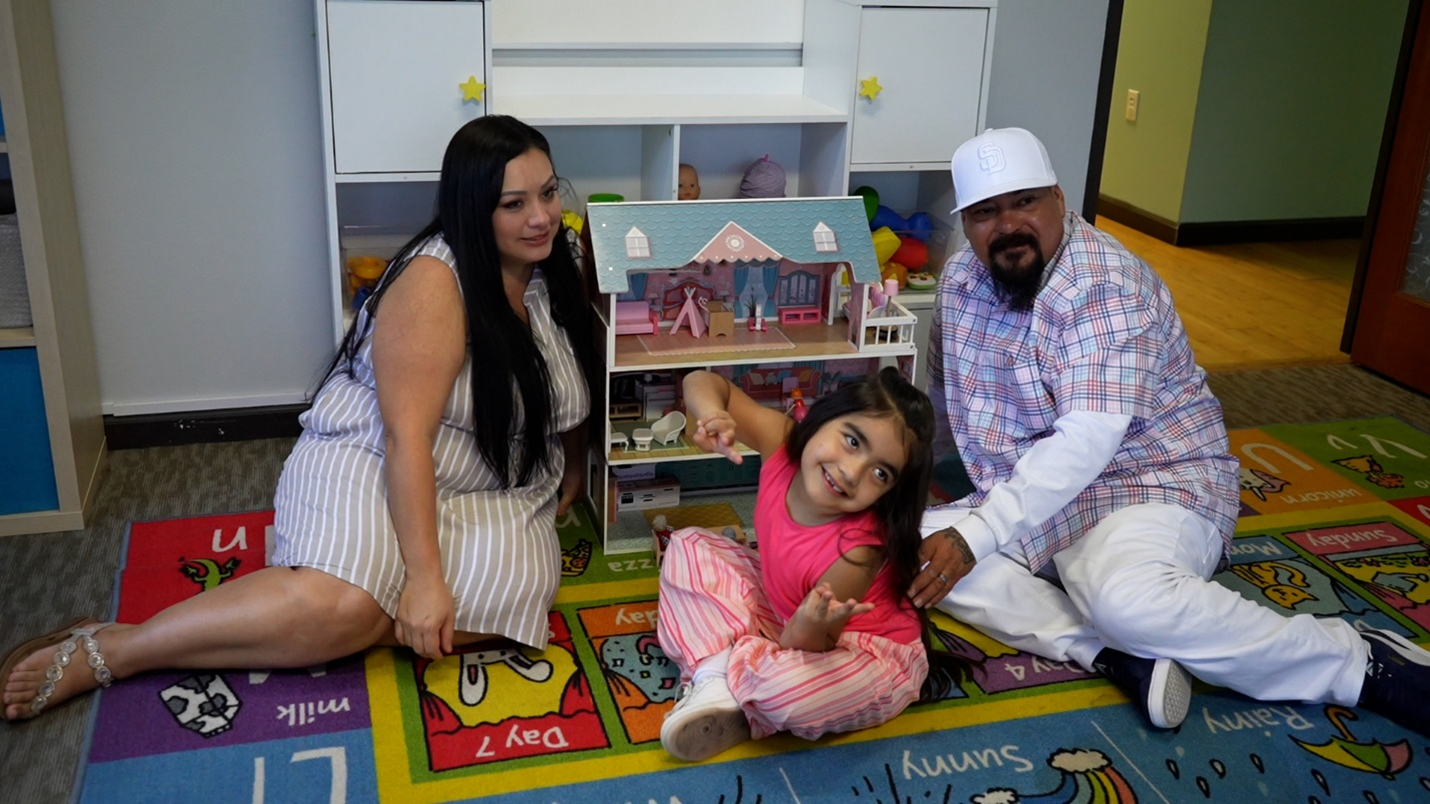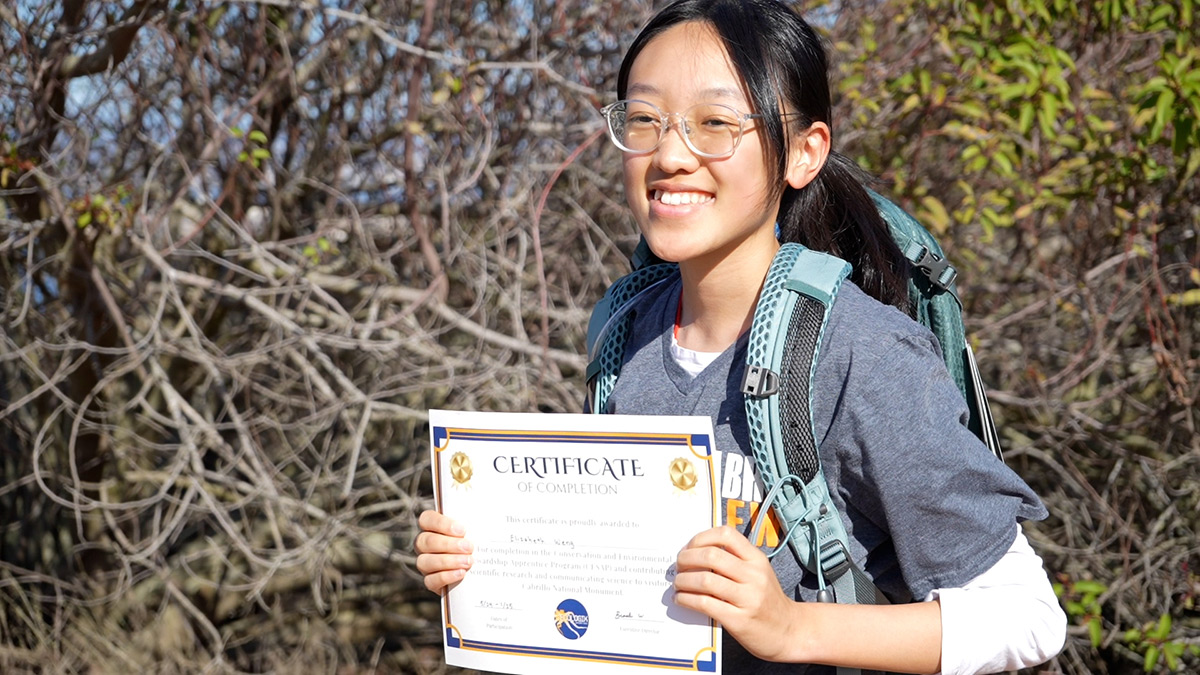As student loan debt soars above $1.3 trillion in the U.S., college seekers continue to explore more affordable options for higher education.
Community colleges provide an alternative solution.
With an average tuition cost of $3,570, community colleges nationwide serve as the primary source of education and workforce development for more than 12 million students and provide a major boost to local economies.
Graduates of the San Diego Community College District (SDCCD), for example, have a combined economic benefit to the region of $5.5 billion annually. And 98 percent of the District’s students remain in the region after completing their education.
These factors are two of the many primary reasons community colleges are being celebrated in April during National Community College Month.
As the second-largest of California’s 72 community college districts, SDCCD provides an affordable avenue to higher education for San Diegans, serving about 100,000 students annually at its three credit colleges: San Diego City College, Mesa College and Miramar College. SDCCD also has seven campuses of San Diego Continuing Education.
SDCCD’s current and future commitment to providing accessible, high-quality learning experiences and undergraduate education at an affordable price helps build communities in the classroom and beyond.
National and Regional Initiatives Support Underserved Students
While community colleges are the primary force behind making the cost of higher education more affordable for all adults, other national and local initiatives also provide support.
For example, the College Promise Campaign partners with community colleges to build awareness around a nationwide campaign to make the first two years of community college as free and accessible as public high school.
At the state level, New York has implemented free college tuition plans for adults enrolling at four-year, state public universities whose families earn up to $125,000. Tennessee has followed suit, implementing a plan that makes community college tuition-free for adults who don’t already have a degree.
Efforts have continued at the local level as well.
Here in San Diego, The San Diego Foundation has partnered with Reality Changers and the Sweetwater Unified High School District in the first year of the Community Scholars Initiative to help increase educational opportunity and attainment for underserved students. This pilot project will help hundreds more low-income and first-generation students in San Diego County prepare for, pay for and persist through college.
The Foundation partnered with Sweetwater Unified School District due to its high concentration of Hispanic students (75 percent) and high graduation rate (87 percent). While San Diego’s Hispanic population is the fastest growing and will become the region’s largest group by 2030, this population is underrepresented, possessing the lowest rate of educational attainment by race and ethnicity, with only 15 percent attainment of a bachelor’s degree or higher.
Preparing the region’s workforce of the future means ensuring all San Diegans have the opportunity to pursue college education. The education gap for Hispanics and other underserved communities can be addressed through inclusive methods to ensure students have opportunities to pursue educational pathways that lead to the successful completion of college, whether that be at a four-year university or a local community college.
During the first year of the Community Scholars Initiative, up to 80 students will receive needs-based college scholarships for the 2018-2019 academic year.
Support the Community Scholars Initiative today to help make college more attainable and inclusive for students in San Diego.
Support the Community Scholars Initiative
How have community colleges helped you achieve your educational goals? In recognition of National Community College Month, share your experience in the comments below!




